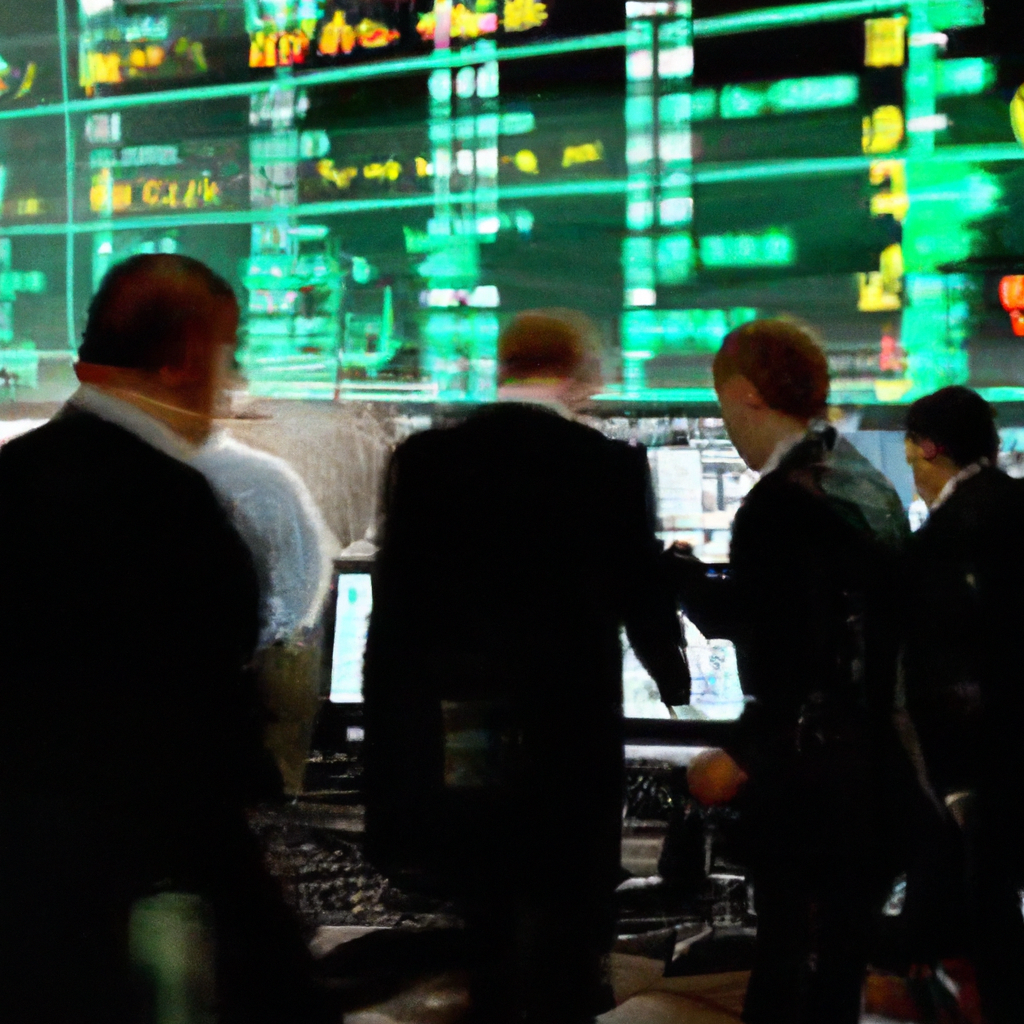As of October 13, 2024, the landscape of mortgage payments and insurance costs has undergone significant changes, reflecting broader economic trends and shifts in the housing market. With rising costs impacting homeowners nationwide, understanding the current state of these expenses is crucial for making informed financial decisions.
Record High Mortgage Payments
The average monthly mortgage payment, which includes principal, interest, taxes, and insurance (PITI), reached a new high of $2,070 in August 2024. This figure represents a substantial rise of $140, or 7.2%, compared to the previous year, and an alarming increase of $399, or 19.3%, since the start of 2020. The dramatic rise in payments is largely attributable to escalating home prices and higher interest rates, compounding the financial burden on homeowners and potential buyers.
In light of these increasing payments, it’s important to consider that for homes purchased in the last two years, approximately two-thirds of the monthly payment is directed toward interest, with only 12% going toward reducing the principal. This uneven allocation puts mortgage holders at a disadvantage compared to older loans, where a larger portion of monthly payments typically goes toward principal reduction. Such circumstances may discourage potential buyers from entering the market or prompt existing homeowners to reconsider their financial strategies.
Surge in Insurance Costs
In addition to rising mortgage payments, property insurance costs have surged dramatically, climbing by 52% since early 2020. This increase significantly outpaces the growth rates of principal, interest, and taxes, which have seen average increases of 15-17% during the same period. As insurance now comprises 9.4% of total mortgage payments—up from less than 7.7% between 2013 and 2020—homeowners in high-risk regions, such as New Orleans and Miami, may find themselves dedicating as much as 25% of their monthly payments to cover insurance premiums alone.
Insurance premiums are influenced by a variety of factors, including property locations prone to natural disasters, which further complicates the situation for homeowners in vulnerable areas. Notable disparities exist in insurance costs, with properties in high-risk zones averaging around $17 per $1,000 of coverage—more than three times the national average of $5.38 per $1,000. Homeowners need to be aware of these costs when budgeting for homeownership.
As these financial pressures compound, the implications for homeowners and prospective buyers are profound. The rising costs of both mortgages and insurance mean that many are forced to reassess their overall affordability and financial planning. Additionally, fluctuating insurance coverage amounts, which have declined to cover only 88% of a property’s underlying value—down from over 100% in 2013-2015—further illustrates the evolving nature of property protections in an increasingly expensive environment.
Economic factors, such as the Federal Reserve’s interest rate policies, will continue to play a pivotal role in shaping mortgage rates going forward. Current averages for 30-year fixed mortgage loans sit around 6.74%, while refinance loans average 6.857%. Analysts speculate potential interest rate cuts by the end of the year, influenced by upcoming economic data. These changes may provide some relief to homeowners, but the overall trajectory of mortgage payments and insurance costs remains a critical concern in the current economic climate.














